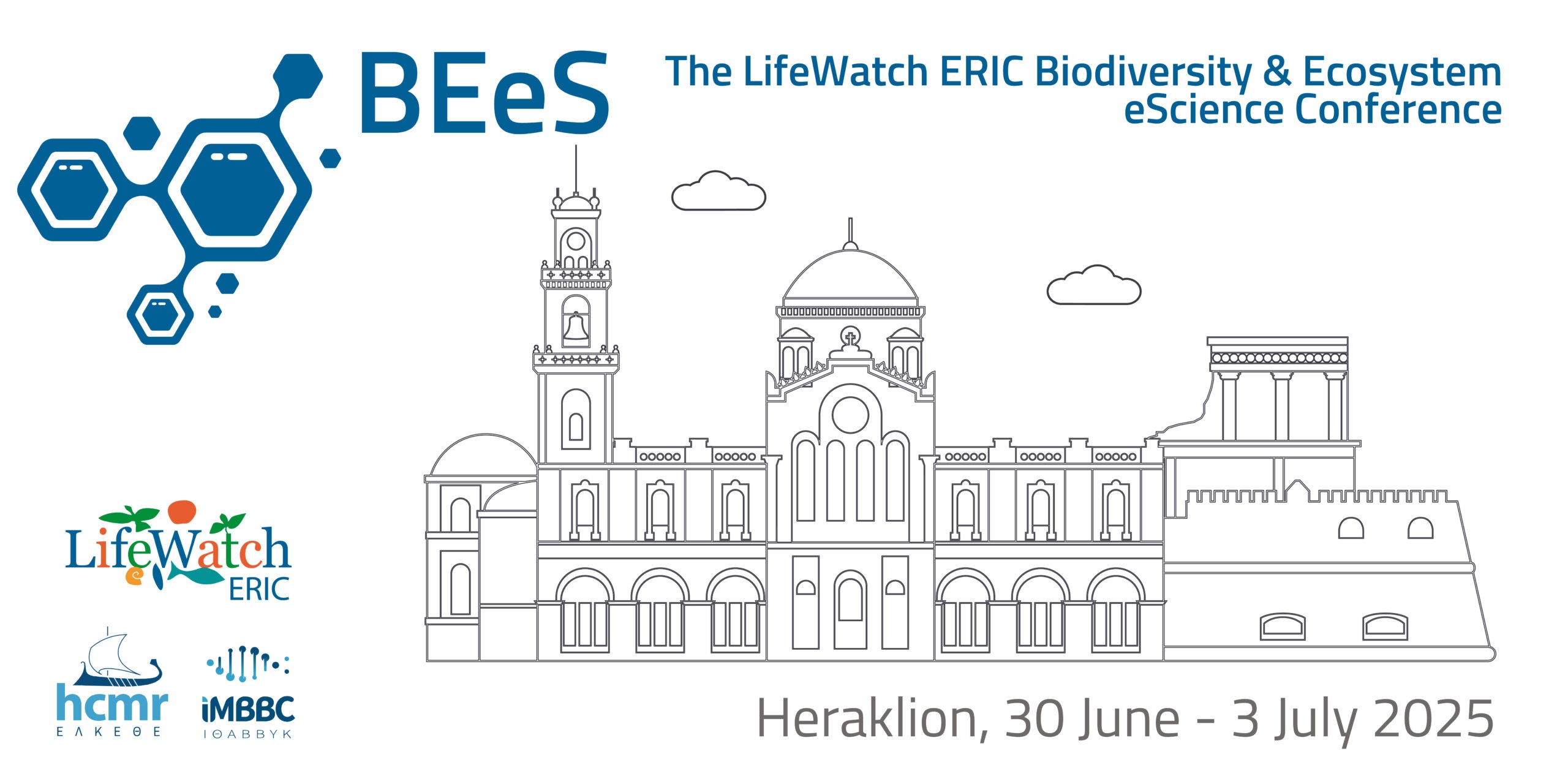Conference Venue - HCMR Premises
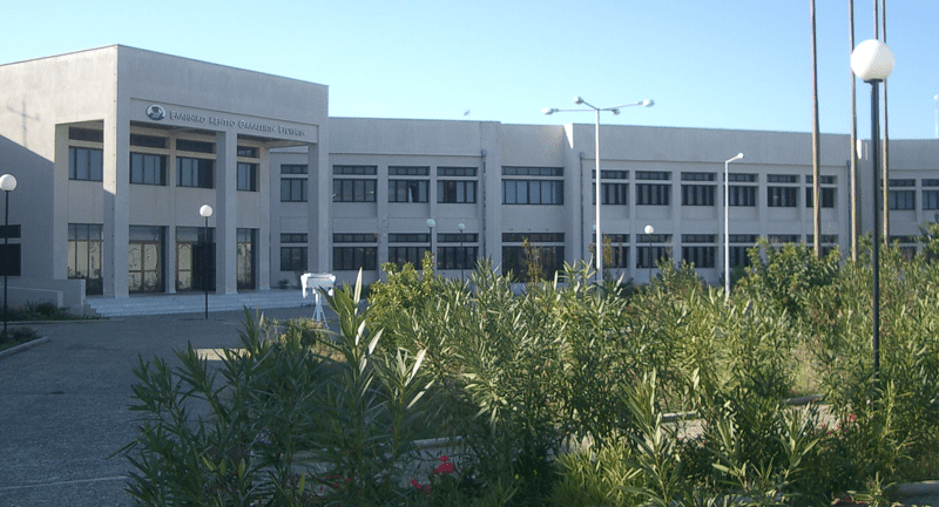
How to reach Heraklion city centre from Heraklion airport
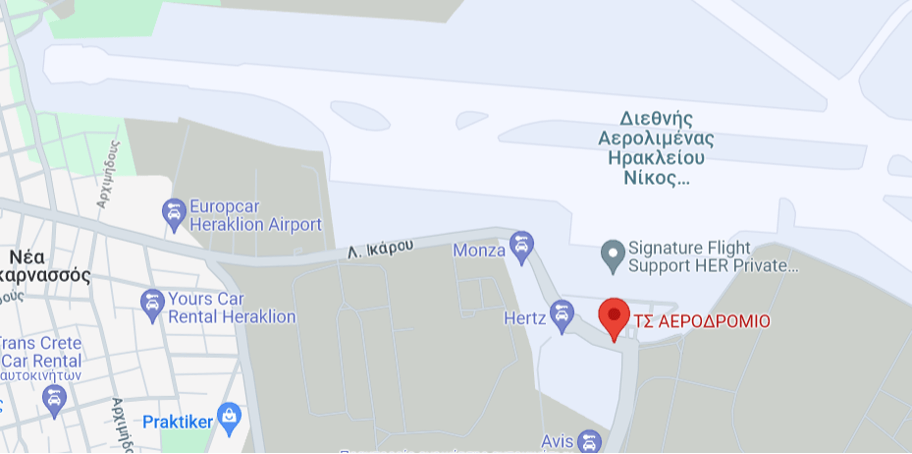
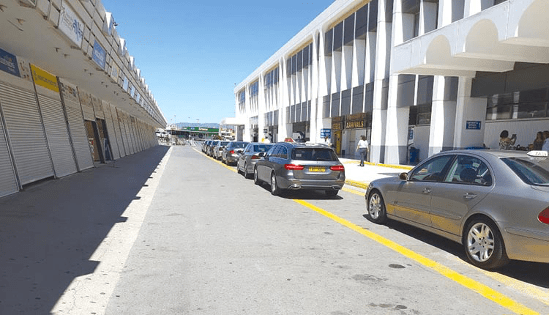
Click here for the route from Heraklion airport to city centre.
Bus
The urban bus station is situated outside the airport (please see image and click here). There is an automated machine outside the bus station for purchasing tickets for the city centre. The journey takes approximately 20 minutes and costs about 1.5€ (one way).
Taxi
After arriving at Nikos Kazantzakis Heraklion Airport, head to your left as you exit the building to find the taxi stop (please see picture). The distance from the airport to the city centre is 5km, approximately a 10-minute ride and costs about 15-25€.
How to reach HCMR Premises from Heraklion city centre
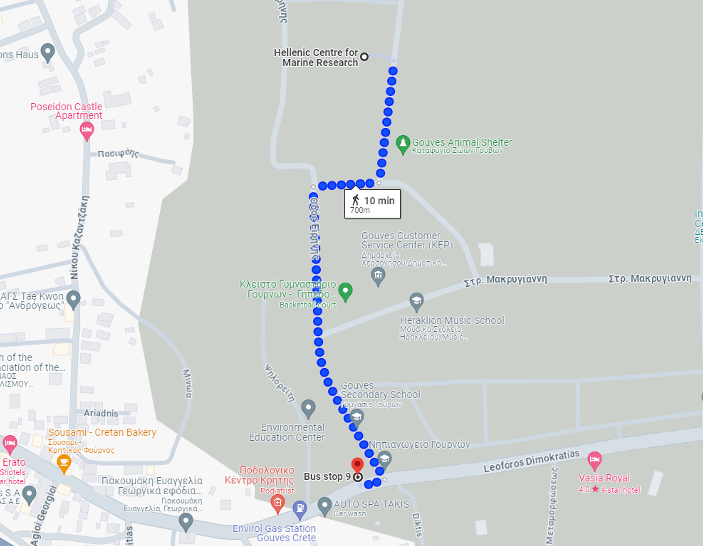
Click here for the route from Heraklion city centre to HCMR.
Bus
HCMR is connected to Heraklion city centre by bus (KTEL). You can find the updated timetable here by selecting the route “From Central Bus Station to Chersonisos, Malia, Agios Nikolaos, Ierapetra, Sitia”. The main bus station in the city center is located here. Ask for a ticket to CRETAquarium stop in Gournes (stop number 9, aprox. 30 minutes) which costs about 2-3€ (one way) and then walk around 10 minutes to reach HCMR (please see the picture). This bus also passes through the airport.
Taxi
There are plenty of taxi stations in the centre of Heraklion. The cost for the ride from the city centre to HCMR is about 25-30€. It will be more expensive if you are carrying luggage and over night. You will need about 20 minutes drive to arrive in HCMR.
Additionally, you can prebook a taxi by calling the companies listed below:
- Candia Taxi – contact number +30 2810 361362-3, +30 6943715507, +30 6984588428
- Knossos Taxi – contact number +30 2810 210102
For your taxi transfer from HCMR back to the city centre you can also use the following companies which are based near HCMR.
- Hersonissos Taxi – contact number +30 6977135046
- Taxi Gouves – contact number +30 6988687251
Accommodation
You can find accommodation either in Heraklion city centre or near HCMR premises in Gournes.
Below, you can find some recommended hotels which are located in Heraklion or near HCMR facilities (Gournes).
Location | Hotel | How to reach HCMR |
|---|---|---|
City Centre | Ibis Styles | 30 min by bus + 10 min walk |
City Centre | Atrion | 30 min by bus + 10 min walk |
City Centre | Lato boutique | 30 min by bus + 10 min walk |
City Centre | Olive green | 30 min by bus + 10 min walk |
City Centre | Capsis astoria | 30 min by bus + 10 min walk |
City Centre | Castello City | 30 min by bus + 10 min walk |
Gournes | Niriides Palace | 5 min walk |
Gournes | Astir Beach | 20 min walk |
Gournes | Your memories | 23 min walk |
Gournes | Vasia Royal Hotel | 13 min walk |
Social events
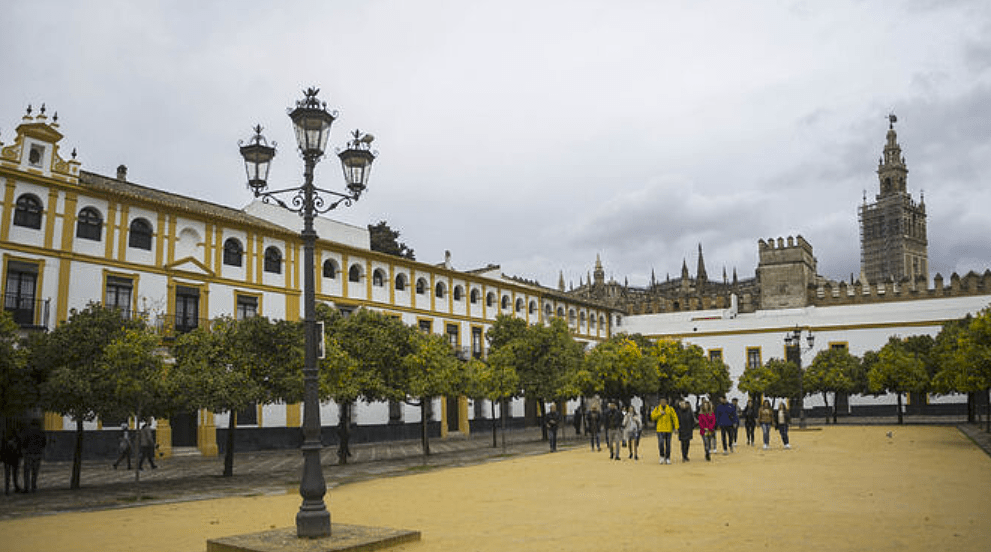
Max. 30 participants per group, registration available at the conference venue.
20:00 Guided tour to the Alcázar Gardens
Distance approximately from the venue: 750 m.
A welcome cocktail for all participants will be organized after the guided tour.
*Meeting point:
Patio de Banderas
Pl. del Patio de Banderas, 10-4
41004, Seville
